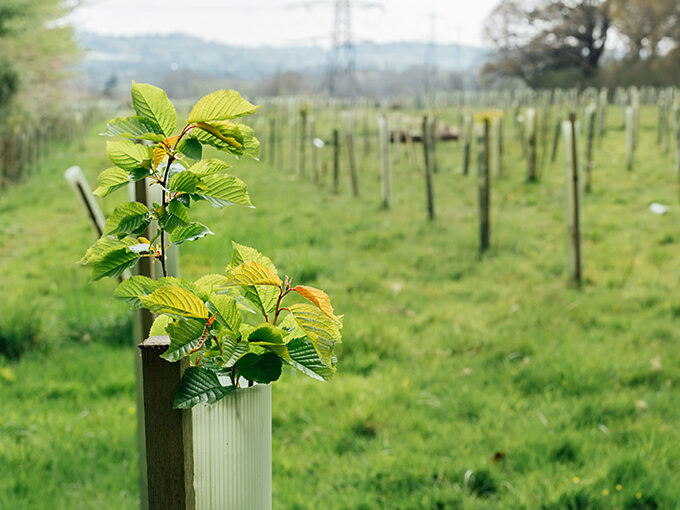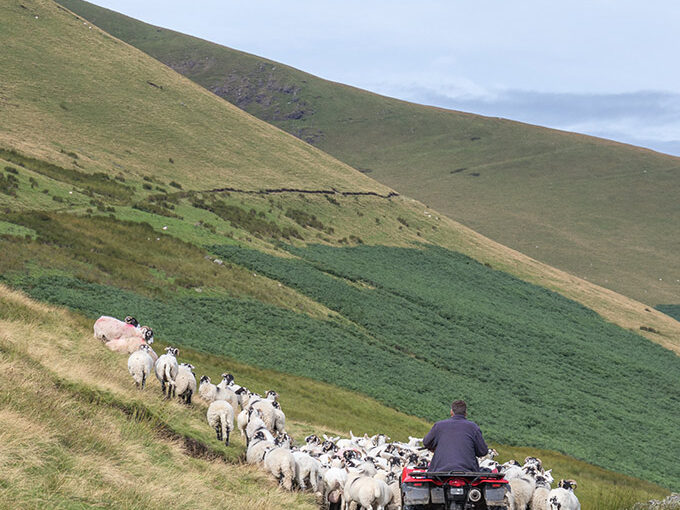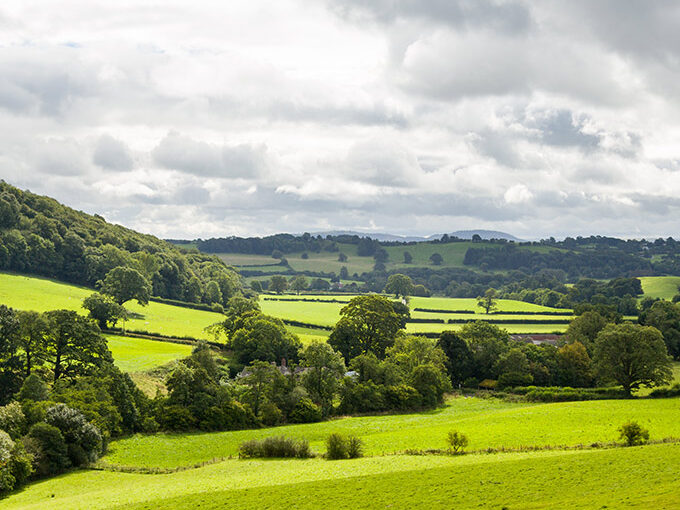It’s no secret that the UK wine industry is continuing to experience rapid growth, with some extraordinarily successful results.
Popularity of vineyards in the UK
The latest data from trade body Wine GB shows that there are now vines covering 4,209 hectares in England and Wales, a land area which has increased by 123% in the last 10 years. This upward trend is set to continue, with 87 new vineyards registered in 2023 bringing the total number of vineyards to over 1,000 for the first time. English wines are also being recognised internationally for their quality, with top medals awarded at the 2024 Decanter World Wine Awards (DWWA).
The Saffery Agribusiness Team is receiving a record number of enquiries from both existing farmers and landowners and new entrants, all exploring the possibility of setting up their own vineyards or purchasing established sites. With that in mind, we have put together this short guide on the factors to consider, from initial set-up to ongoing operating structures and practical elements.
Getting started
How much does a vineyard cost?
If starting from scratch, a typical vineyard takes at least three years from the initial planting of root stock to the harvest of the first grapes. The costs of planting can amount to up to c.£40,000 per hectare, meaning a potentially large cash outlay before the first cropping (usually in year three), so cash flows will require careful planning and consideration.
Initial expenditure, over and above land (if purchased – likely at a significant premium to regular arable land if the soil type is suited to viticulture), includes plant stock and hardware/trellising; expert ecological and viticulturist assessments; and labour costs for planting and maintaining the vines. All of these costs will be incurred before a single grape is harvested.
The importance of cash flow forecasting
Good cash flow forecasting at the outset will ensure that an understanding of expenditure levels is firmly established. This will help to plan any funding requirements and to inform decisions on how the funding should be raised. External funding from banks or investors will require a forecast as part of a business plan before they lend or invest.
The first years of a new vineyard as a standalone enterprise will inevitably show losses. This is, of course, as a result of both the delayed income stream as vines develop, and the initial cash outlay required for set-up costs and capital investment. From an administrative perspective, all vineyards over 0.1 hectares need to register with the Food Standards Agency within six months of planting the first vines. The purpose of this registration – which is free of charge – is to monitor yields and production levels, in addition to helping establish the authenticity of wine.
Business owners will also want to think about insurance, VAT registration, and the structure of the entity (sole trader, LLP, company) which carries on the trade: there are advantages and disadvantages to different operating vehicles.
Grape expectations
Wine production options
Once a reasonable level of grape production has started, producers have three main options:
- Make wine on site,
- Engage with a third party to make the wine, which is then sold by the grower, or
- Sell the grapes to another producer for them to make and sell the wine.
Each of these models requires different levels of investment, skill and time.
For those making and selling their own wine, there are further layers of administration to deal with in terms of licencing and duty. A grower can only produce wine without a licence if it’s not for sale. A licenced wine producer must keep records and accounts, calculate the duty payable to HM Revenue & Customs (HMRC) and make monthly returns and payments to HMRC in relation to the duty due.
Makers of wine, including sparkling wine, over 1.3% alcohol by volume (ABV) must pay Wine Duty, based on a rate per litre, which varies according to ABV. If duty paid alcohol is being sold to another business, producers also need to be approved for the Alcohol Wholesaler Registration Scheme. This is all required in addition to the general accounting and record keeping needed to make sure that income and expenditure is recorded for the annual accounts and tax return for the business.
Given the high capital costs of plant and machinery, in the earlier years of production it’s common for producers to contract to sell part or all of their harvest to a third party, who then use the grapes to produce their own wine. This guarantees a cash flow before the crop is produced, although the nature of a forward sale of a crop, much like wheat and other commodities, can mean that the producer will not benefit from rises in prices after the contract is agreed. Alternatively, the third party may be contracted to make the wine and return it to the grower who then sells that wine under their own label.
Beyond the bottle
Many vineyards seek to bring their customers to their cellar doors to sell direct and maximise profits. This brings costs and opportunities, as producers may look to open tasting rooms or restaurants and offer visitors a chance to tour the vineyard, with some offering on-site accommodation where guests enjoy ‘views of the vines’ over breakfast. Opportunities to boost revenues extend beyond the wine, depending on the producer’s appetite to expand the business and engage with customers directly.
Thinking about tax
Vineyards and UK tax
Business owners will inevitably encounter different taxes when navigating their way through the different stages of their vineyard operations. For those buying existing businesses, capital allowances will likely be a key tax where advice may be needed.
Once a vineyard is up and running, sole traders and partnerships will need to give thought to sideways loss relief and hobby farming rules, which may be in point in the early years of trading. Limited companies might need to review the most efficient method of cash extraction by shareholders when profits are made. And the sale or gift of a business will likely have capital gains tax (CGT) and inheritance tax (IHT) implications. In each case, it is important to take advice to ensure that tax traps are avoided, and the most beneficial position is achieved for the long-term success of the vineyard.
How we can help
If you’d like to discuss starting a vineyard, please get in touch with your usual Saffery contact or get in touch with Peter Harker.
Contact Us
Partner, London
Key experience











